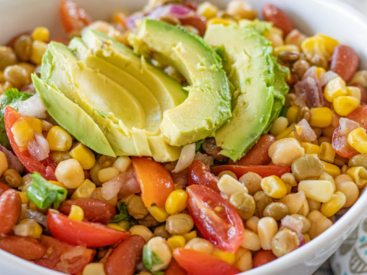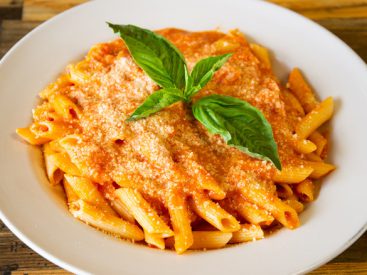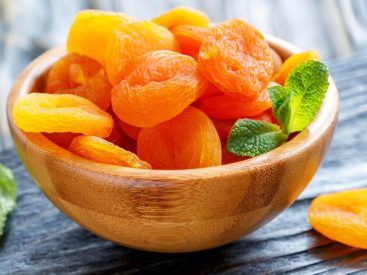Ease your child’s start at university with tasty low-budget recipes that are easy to make Last week, I experienced something I’d been dreading since my daughters came into the world: my first-born leaving home for the first time. I’ve experienced such a mix of emotions. Of course, I’m incredibly […]
Delicious!
Delicious!



